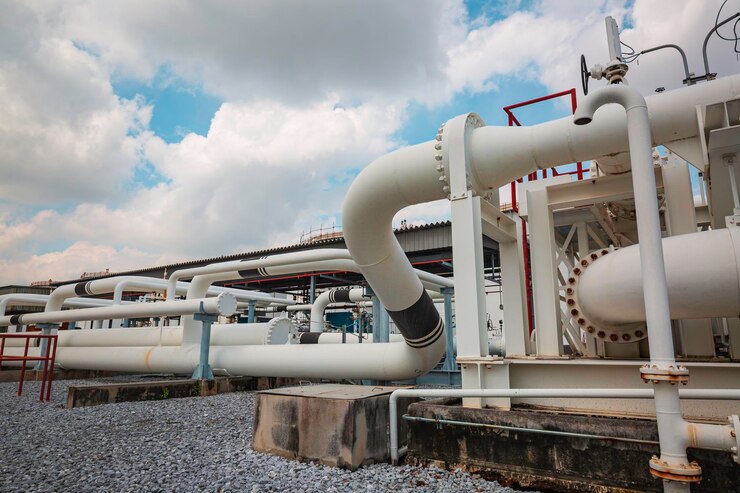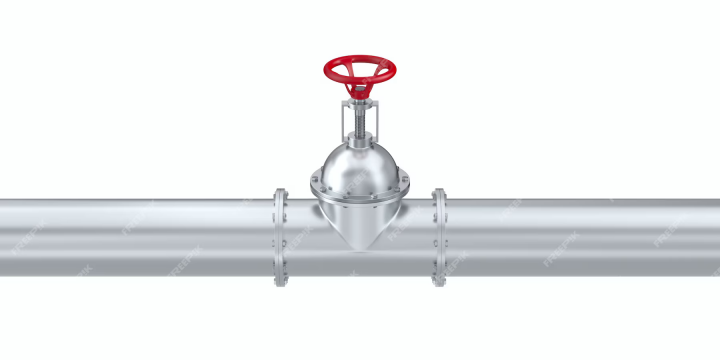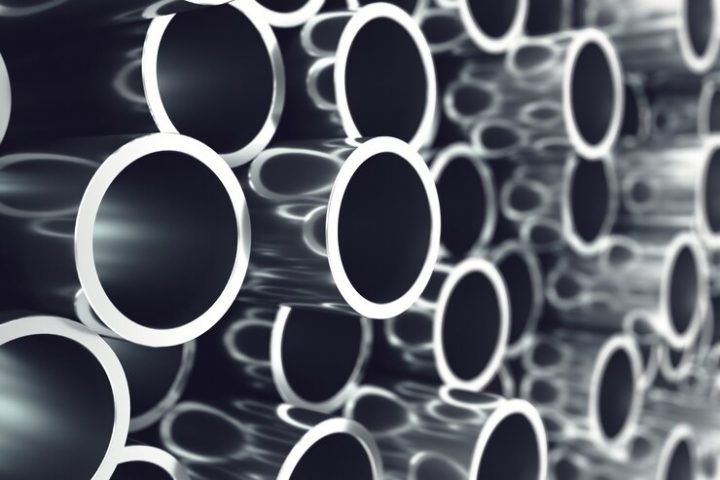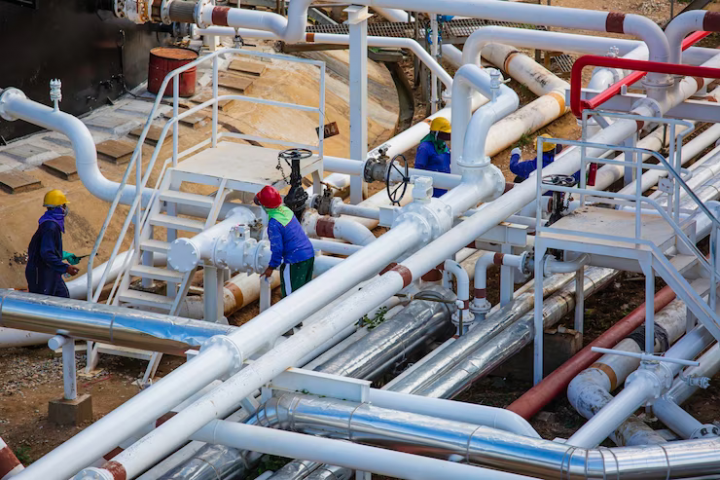About Pipe Fittings
In the world of industrial and commercial applications, the unseen heroes are often the components that make everything work seamlessly. Pipe fittings are one such essential but often overlooked part of the machinery. These small, seemingly insignificant pieces play a crucial role in ensuring that fluids and gases flow smoothly through pipelines, from simple plumbing systems to complex industrial processes. In this blog, we will explore the significance of pipe fittings and their indispensable role in various industries.
What Are Pipe Fittings?
Pipe fittings are mechanical components used to connect, join, or adapt different sections of pipes or tubing. They come in various shapes, sizes, and materials, each designed to serve a specific purpose in the fluid transport system. The primary function of pipe fittings is to facilitate the safe and efficient movement of liquids, gases, or solids from one point to another.
Types of Pipe Fittings
Pipe fittings come in a wide variety of types, each tailored to specific applications. Here are some common types of pipe fittings:
1. Elbows: Elbows are bent fittings used to change the direction of a pipe or tubing. They come in different angles, such as 90 degrees and 45 degrees, and help navigate around obstacles or create curves in the pipeline.
2. Tees: Tees are T-shaped fittings that allow the pipe to split into two or more directions. They are frequently used in branching systems, such as in plumbing or irrigation.
3. Reducers: Reducers are fittings that connect pipes of different diameters. They are used to adapt pipe sizes and ensure smooth flow without abrupt changes.
4. Couplings: Couplings are used to connect two pipes of the same diameter together, effectively extending the length of the pipeline.
5. Adapters: Adapters are used to connect pipes with different end connections, such as transitioning from threaded to welded connections.
6. Caps and Plugs: Caps are used to close the end of a pipe, while plugs are used to close off openings in the pipeline. They are essential for system maintenance and safety.
7. Unions: Unions are used for easy disconnection of pipes for maintenance or repairs. They consist of three parts: a female end, a male end, and a nut that connects them.
8. Crosses: Crosses are similar to tees but allow the pipeline to branch into four directions, making them useful in complex systems.
The Importance of Pipe Fittings
1. Seamless Flow: Pipe fittings play a vital role in ensuring that liquids, gases, and other substances flow without interruption or leakage. A well-chosen and properly installed set of fittings can make a significant difference in the efficiency and safety of a system.
2. Adaptability: In the industrial and commercial world, flexibility is key. Pipe fittings allow for easy adaptation and modification of pipelines to meet changing needs. They enable businesses to reconfigure their systems without costly and time-consuming overhauls.
3. Leak Prevention: Properly installed pipe fittings are crucial for preventing leaks. In applications where hazardous or valuable substances are transported, leaks can be disastrous. Fittings, when chosen and installed correctly, create a tight and secure seal that minimizes the risk of leakage.
4. Durability: The right materials for pipe fittings can enhance the durability and longevity of a system. Fittings are available in various materials, including stainless steel, brass, and PVC, each offering unique properties suitable for different applications.
5. Safety: Safety is paramount in industrial and commercial settings. Well-designed and maintained pipe fittings ensure that the system operates safely. Fittings can incorporate safety features such as pressure relief valves to protect against overpressure situations.
6. Efficiency: Properly selected and installed pipe fittings can optimize the flow of substances, reducing turbulence and energy loss. This, in turn, improves the efficiency of the entire system, saving energy and operational costs.
Industrial Applications
Now, let’s delve into some specific industrial applications where pipe fittings are of utmost importance.
1. Oil and Gas Industry: The oil and gas industry relies heavily on pipelines to transport crude oil, natural gas, and refined products. Pipe fittings are essential for constructing and maintaining these pipelines, which often span vast distances. Any leakage or failure can result in environmental disasters and economic losses.
2. Chemical Processing: In chemical plants, a variety of corrosive and hazardous substances are transported through pipelines. Specialized pipe fittings made from materials like stainless steel or Teflon are essential to ensure the safe transport of these chemicals without contamination or leaks.
3. Water Treatment and Distribution: In the field of water treatment and distribution, pipe fittings are indispensable. They enable the distribution of clean drinking water to communities and ensure the safe transfer of wastewater for treatment.
4. Power Generation: Power plants rely on pipelines to transport water, steam, and gases to generate electricity. Properly selected and maintained pipe fittings are crucial for the safe and efficient operation of these facilities.
5. Pharmaceutical Industry: The pharmaceutical industry has stringent requirements for purity and sanitation. High-quality, sanitary pipe fittings are used to transport pharmaceutical ingredients without contamination, ensuring the safety and efficacy of the products.
Commercial Applications
In commercial applications, pipe fittings also play a critical role, ensuring the smooth operation of businesses and infrastructure. Here are a few examples:
1. Plumbing: In commercial buildings, pipe fittings are used extensively for plumbing systems, providing clean water for drinking, sanitation, and heating systems. Well-designed plumbing systems contribute to the comfort and safety of occupants.
2. HVAC Systems: Heating, ventilation, and air conditioning (HVAC) systems rely on pipe fittings to distribute hot and cold water, steam, and refrigerants. Properly maintained fittings are essential for maintaining comfortable indoor environments.
3. Fire Protection: Fire protection systems, such as sprinklers, use pipe fittings to ensure the quick and efficient delivery of water in case of a fire emergency, safeguarding lives and property.
Conclusion
Pipe fittings are the unsung heroes of industrial and commercial applications, facilitating the efficient and safe transportation of fluids and gases. Their adaptability, durability, and importance in preventing leaks make them indispensable in a wide range of industries. Whether you’re in the oil and gas sector, chemical processing, water treatment, or simply using plumbing in your commercial building, the choice and maintenance of pipe fittings are critical to the safety, efficiency, and success of your operations.
In your quest to find high-quality pipe fittings for your specific needs, consider turning to reliable manufacturers and suppliers. Enggpro is an excellent platform to connect with trusted pipe fittings manufacturers and suppliers, offering a wide range of options to meet your industrial and commercial requirements. Enggpro simplifies the process of sourcing the right components, ensuring that you have access to the best products for your applications, thus contributing to the smooth and efficient operation of your systems. So, remember to check out Enggpro for all your pipe fitting needs and keep your operations running smoothly and safely.



